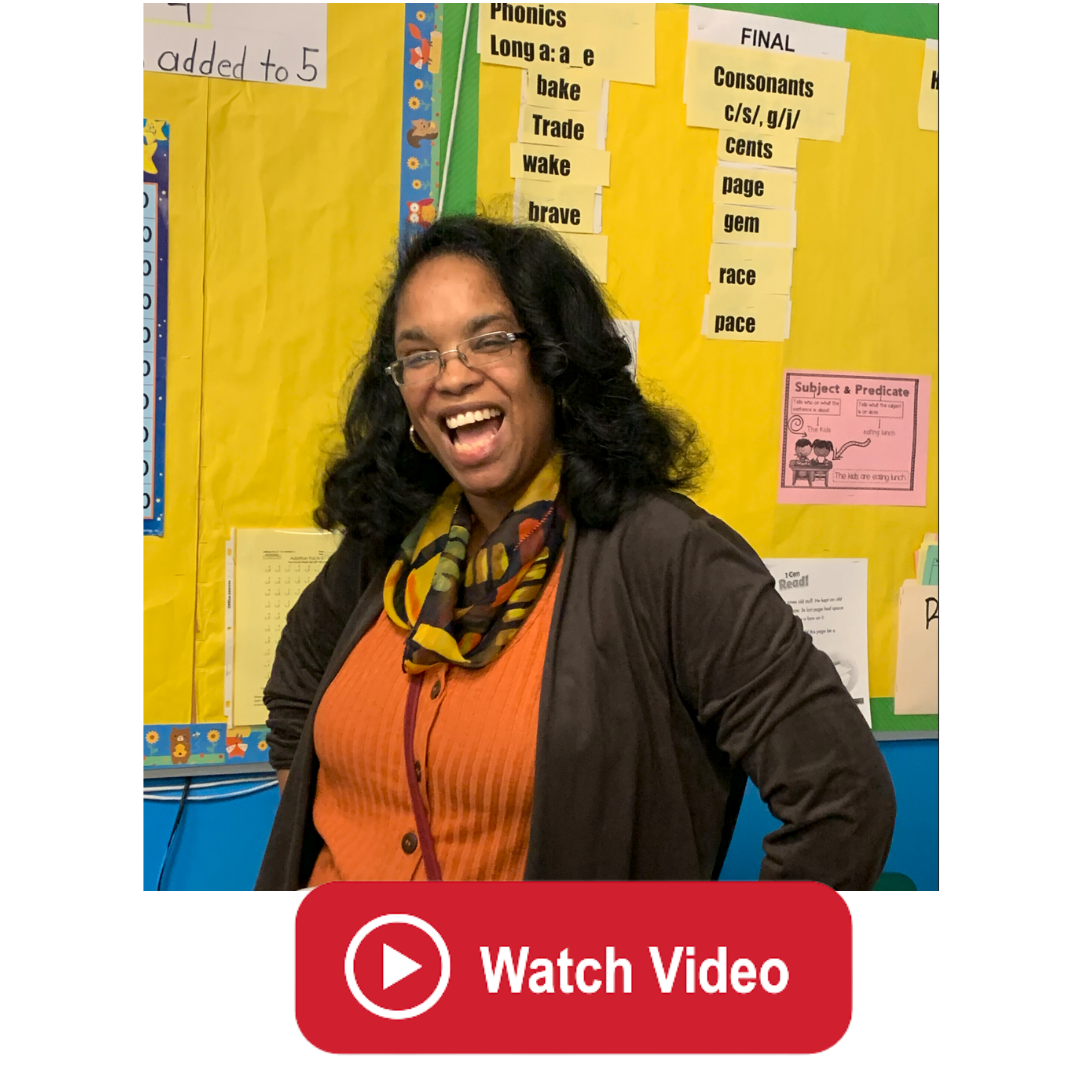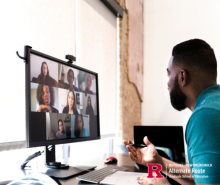How This New Jersey Teacher is Making Her Classroom Culturally Responsive for All
As classrooms have become increasingly more diverse, the methods used to facilitate instruction must meet our student’s needs. Enter Culturally Responsive Teaching. Culturally responsive teaching, while not new in education, is definitely receiving more attention as it is relevant now more than ever before. Although its relevance has increased, not every teacher fully understands what it means to make our classrooms culturally responsive. Culturally responsive teaching is not about simply incorporating a certain genre of music that will engage student attention when we work on vocabulary. It’s not about bringing student’s cultural dishes to celebrate the various ethnicities represented in our schools. It isn’t a performance the teacher puts on to entertain students. It isn't a strategy to pique the interest of specific minority groups by mentioning race or referencing culture. Although these aspects are important to consider for positive school climate and culture, they should not be mistaken as culturally responsive teaching.
Culturally responsive teaching is actually much more involved and begins with us completing a self-reflection to appraise our current capacity for effectively teaching our diverse students. We should ask ourselves questions such as “How prepared am I to work with students who are different from me? How do I feel about working with students who may hold different beliefs, values, customs and traditions than I? As their teacher, am I practicing cultural sensitivity? In order to maximize learning opportunities, am I expanding my knowledge of the cultures represented in my classroom and translating this knowledge into instructional practice?” (Ford, 2005) Following our self-appraisal, we must get to know our students and acknowledge each student’s individuality.
It's incredibly important to be mindful that our students are not blank slates. They come to us with prior knowledge and lived experiences which effective educators can leverage to accelerate student learning. As a High School Spanish Teacher in an alternative school, I have been able to reach my students using culturally responsive teaching practices. My classroom is very student based with project-based assignments that allow students to learn the content more effectively by utilizing their unique learning styles. As a Spanish Teacher, I know that language and culture cannot be separated. As such, knowing how my students learn and having a sense of their interests helps me motivate my students to stay engaged during Spanish. Students who may otherwise be disengaged from the learning process in other classes get involved in the lessons and projects in my Spanish Class because they are based in culturally responsive teaching practices.
As a new teacher, my classroom is by no means a perfect representation of what constitutes culturally responsive teaching; nevertheless, I work intentionally to incorporate many of its principles. Aligning my practices with current research on the topic, I recognize and honor diversity in my classroom by being a teacher who:
- Avoids a colorblind and culture-blind philosophy.
- Ensures minimal cultural mismatches amongst not only students but also teacher and students.
- Takes the time to get to know the students for the unique individuals they are and helps students feel both welcome and safe to be themselves.
- Provides students with formal and informal, standardized and non-standardized assessments which are both fair and equitable.
- Supports instruction by providing culturally relevant materials that are meaningful to students’ backgrounds and experiences and central to their teaching and learning.
- Creates lesson plans and activities infused with multicultural content—content that is respectful and values our students’ cultures.
- Displays cultural sensitivity and competence. ( Ford, 2005)
I owe it to my students to commit to becoming a culturally sensitive and competent educator. That’s why I strive to establish inclusion by creating a learning atmosphere in which students and teachers feel respected by and connected to one another; to foster a favorable disposition toward the learning experience through personal relevance and choice; to enhance meaning by challenging, thoughtful learning experiences that include student perspectives and values; and to engender competence by ensuring that my students are learning something they value. (Deci & Ryan, 2014). In this way, I provide my students with an effective culturally responsive learning environment which promotes respect while valuing and honoring diversity which, in turn, promotes a healthy classroom climate that accelerates learning for my students.
Resources:
Ascd. (n.d.). A Framework for Culturally Responsive Teaching. Retrieved from http://www.ascd.org/publications/educational-leadership/sept95/vol53/num01/A-Framework-for-Culturally-Responsive-Teaching.aspx
Conrad, D. L. (2013, 07). Diversity and Motivation: Culturally Responsive Teaching. Canadian Journal of University Continuing Education, 22(2). Culturally Responsive Teaching. (n.d.). Retrieved from https://www.edutopia.org/blogs/tag/culturally-responsive-teaching
Deci, E. L., & Ryan, R. M. (2014). Autonomy and Need Satisfaction in Close Relationships: Relationships Motivation Theory. Human Motivation and Interpersonal Relationships, 53-73.
Ford, D. Y. (2005, 10). Welcoming All Students to Room 202. Gifted Child Today, 28(4), 28-65. Retrieved from https://eric.ed.gov/?id=EJ720372
Shade, B. J., Kelly, C. A., & Oberg, M. (1997). Creating culturally responsive classrooms.
Submitted & Written by Shirley Hernández-Quiles, a Perth Amboy, NJ High School Spanish Teacher who is currently participating in Rutgers CESP’s Alternate Route Teacher Training Program. She is a 2nd year teacher in New Jersey who is passionate about language and culture. Shirley studied Spanish and Bilingual Education at Kean University in Union, New Jersey and continues to expand her studies. Currently, she teaches High School Spanish and a course on Spanish for Educators in her district.
 For questions, contact Shirley at teachmasespanol@gmail.com
For questions, contact Shirley at teachmasespanol@gmail.com

 Teacher candidates and alumni have a wealth of experience and serve as educators in schools across the state. Teachers not only play a classroom leadership role in advancing student learning; they also collaborate with colleagues and other education stakeholders to ensure learner growth and to advance the profession. Candidates enrolled in the Rutgers Alternate Route program regularly have opportunities to build capacity in these areas and disseminate worthwhile information and resources.
Teacher candidates and alumni have a wealth of experience and serve as educators in schools across the state. Teachers not only play a classroom leadership role in advancing student learning; they also collaborate with colleagues and other education stakeholders to ensure learner growth and to advance the profession. Candidates enrolled in the Rutgers Alternate Route program regularly have opportunities to build capacity in these areas and disseminate worthwhile information and resources.





